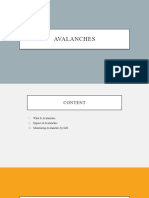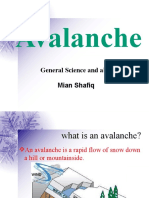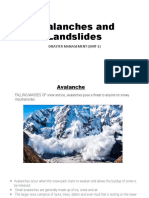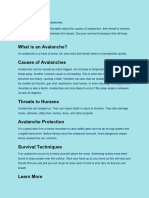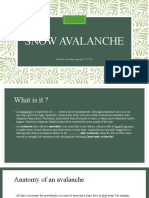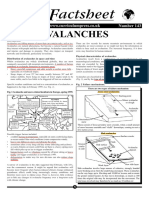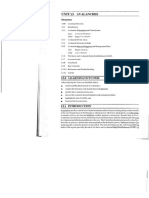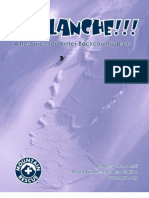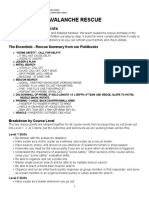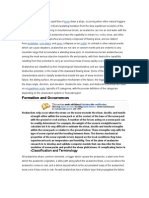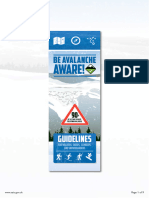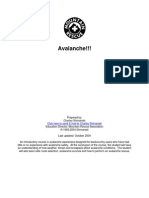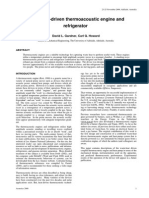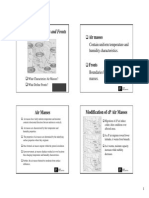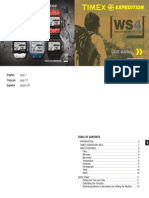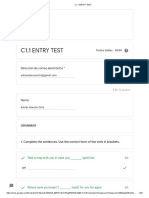0% found this document useful (0 votes)
51 views8 pagesAvalanches The Destructive Force of Nature
Uploaded by
Alx1241Copyright
© © All Rights Reserved
We take content rights seriously. If you suspect this is your content, claim it here.
Available Formats
Download as PPTX, PDF, TXT or read online on Scribd
0% found this document useful (0 votes)
51 views8 pagesAvalanches The Destructive Force of Nature
Uploaded by
Alx1241Copyright
© © All Rights Reserved
We take content rights seriously. If you suspect this is your content, claim it here.
Available Formats
Download as PPTX, PDF, TXT or read online on Scribd
/ 8

